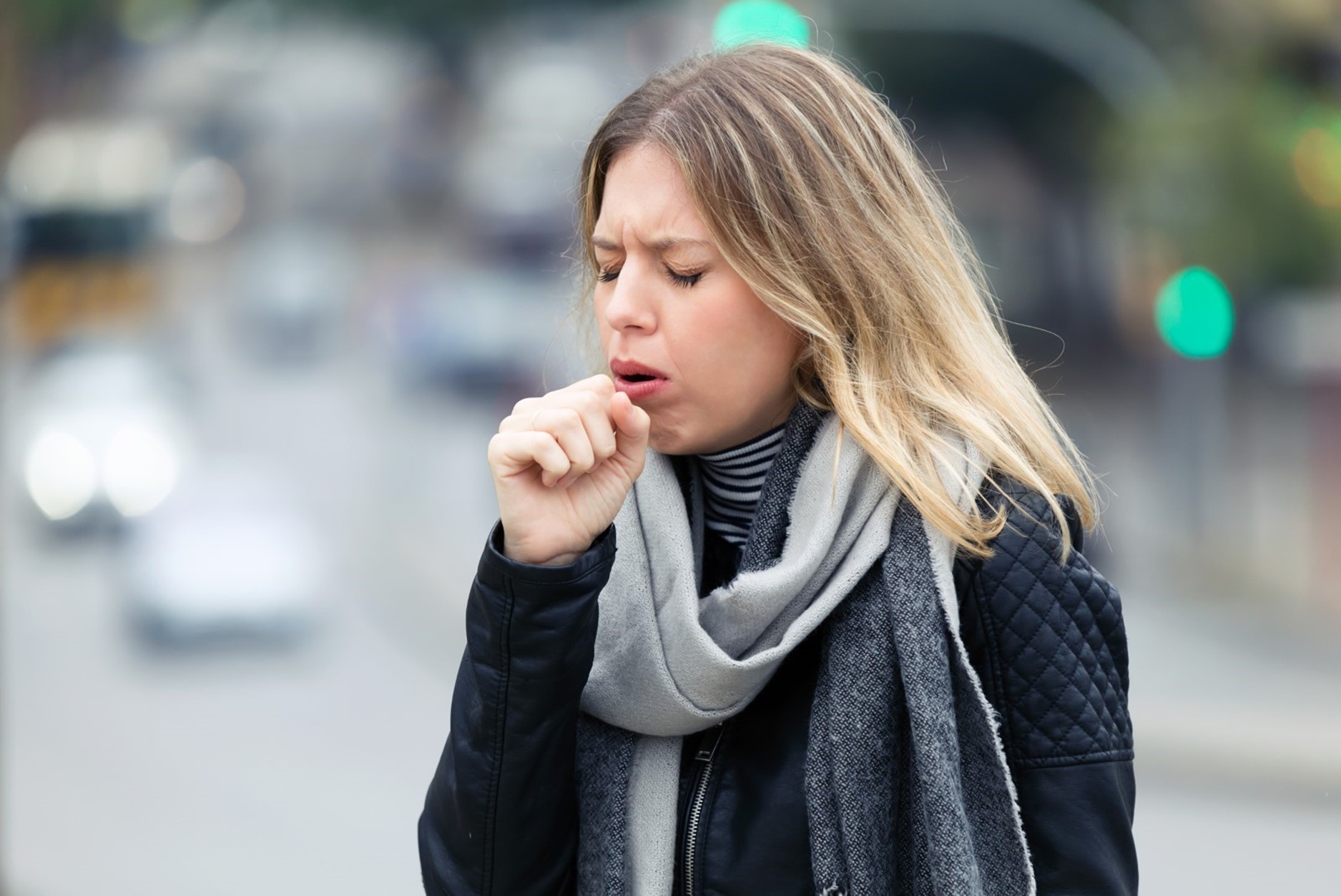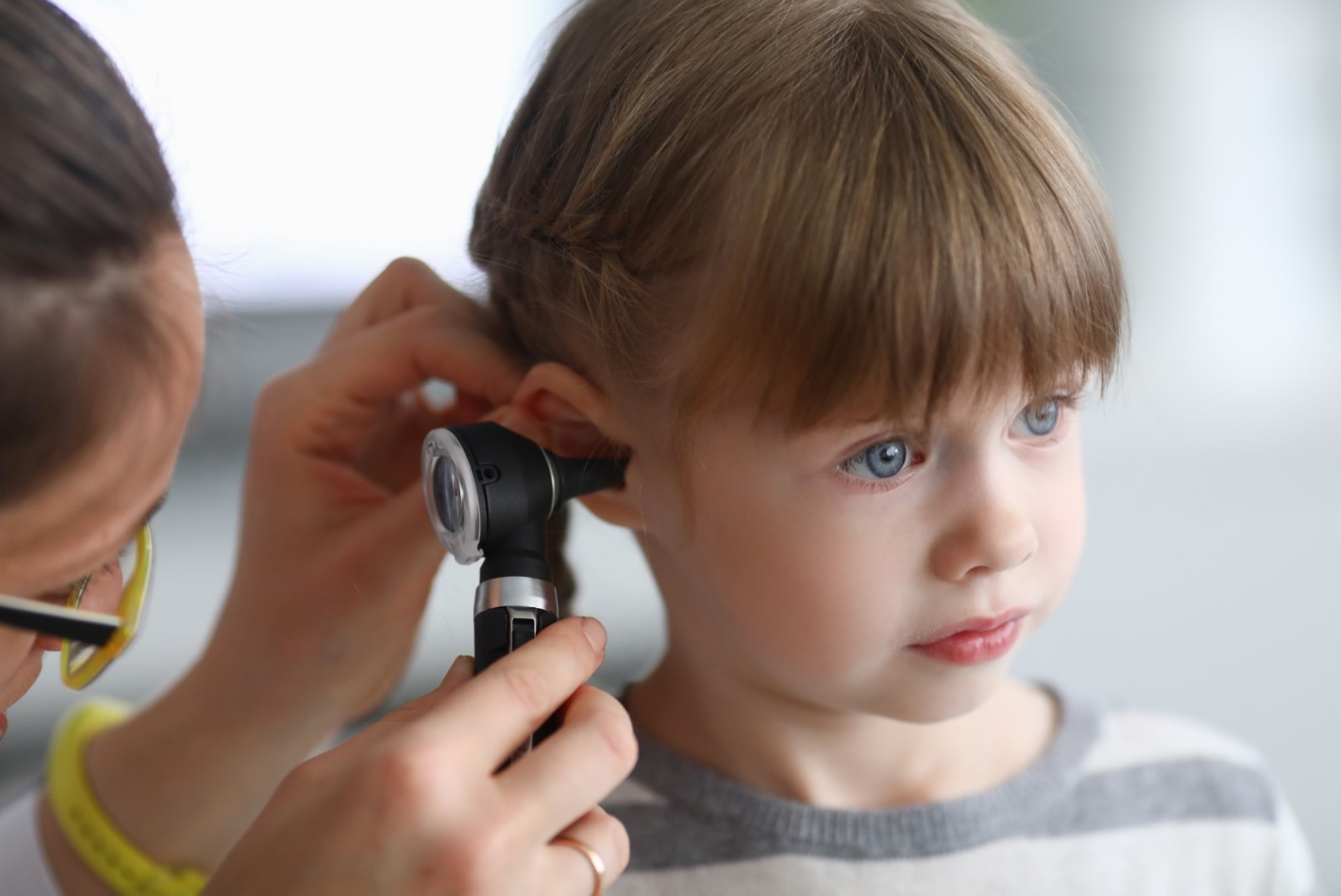
With Fall beginning this week, a discussion about skin cancer seems a season too late. Yet if there’s one thing to know about skin cancer, it’s that it is always a threat, regardless of the season and regardless of where you live in the country. Nothing illustrates this more than Oregon’s disproportionately high rate of skin cancer.
While sunny climates and skin cancer rates have a direct correlation, Oregon’s number of melanoma diagnoses between 2002 and 2006 was actually 36% higher than the national average. Furthermore, Oregon’s death rate from melanoma was the 4th highest in the United States. Meanwhile, Portland annually ranks in the top-five of American cities for rainy days. So then what exactly is contributing to this unexpectedly large number of skin cancer infections?
Despite the cloudy weather and seemingly constant rainfall, Oregonians live an active lifestyle. In fact, reports suggest that Oregon is one of the top-ten most active states in the United States. This may be because, in Oregon, we have the ocean, an infinite number of hiking trails, and mountains to ski and climb on all throughout the year. Pair this with the misconception that clouds are an effective UV blocker and Oregon’s skin cancer numbers make a little more sense.
While most cities in Oregon hover just above sea level, Oregon’s premier ski destination, Mount Hood, stands at a towering 11,250 feet. While its tallest ski lift rises to just 7,300 feet, UV rays at this altitude are considerably more threatening. This is because for every 1,000 feet above sea level, the ozone is 7% weaker, and therefore that much less effective at blocking UV rays. This makes it essential to wear sunscreen every time you go skiing, regardless of the weather.
Water activities also account for an extremely high number of sunburns. While this may be somewhat obvious, many people fail to recognize why it is that being near the water causes sunburns. People often attribute it to just being in their bathing suits and receiving direct sunlight for long periods of time. Perhaps the biggest explanation, though, is that UV rays get reflected off the water, contributing to the skin absorbing more UV rays.
This makes sun tanning at the beach potentially deadly, especially considering how UV rays reflect off of the sand as well. For Portland residents, kayaking and paddle-boarding are extremely popular on the Willamette and Columbia rivers. If you are participating in these activities, make sure you’re aware of what parts of your body are facing the water, as you may want to apply extra sunscreen there.
If you are at all concerned with a mole or mark on your skin, visit us at AFC Urgent Care Portland as we can perform a biopsy to help determine if you may have skin cancer. Our four centers, located in NE Portland, NW Portland, Beaverton and Lake Oswego are open 7 days a week. Visit us today!


